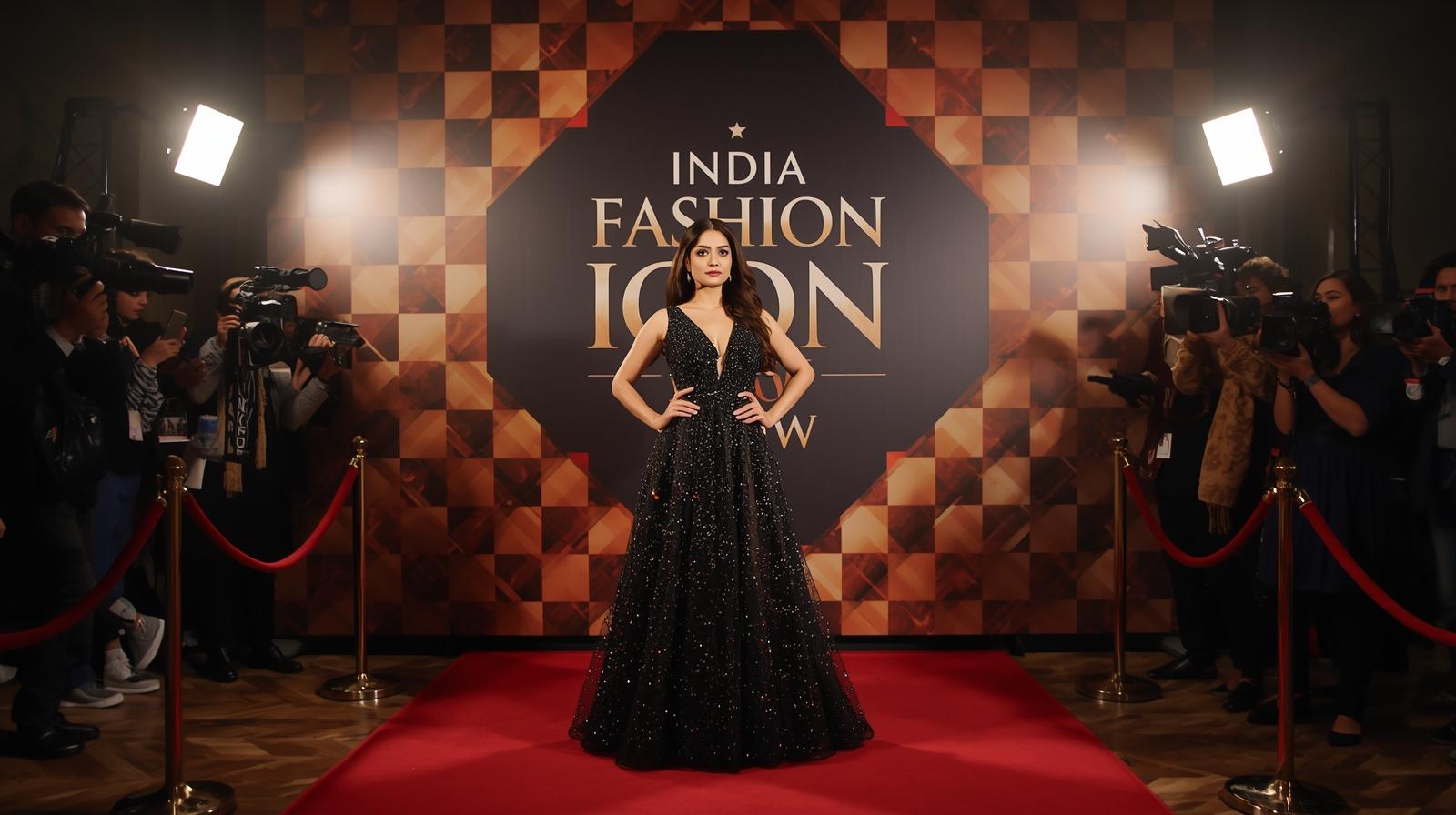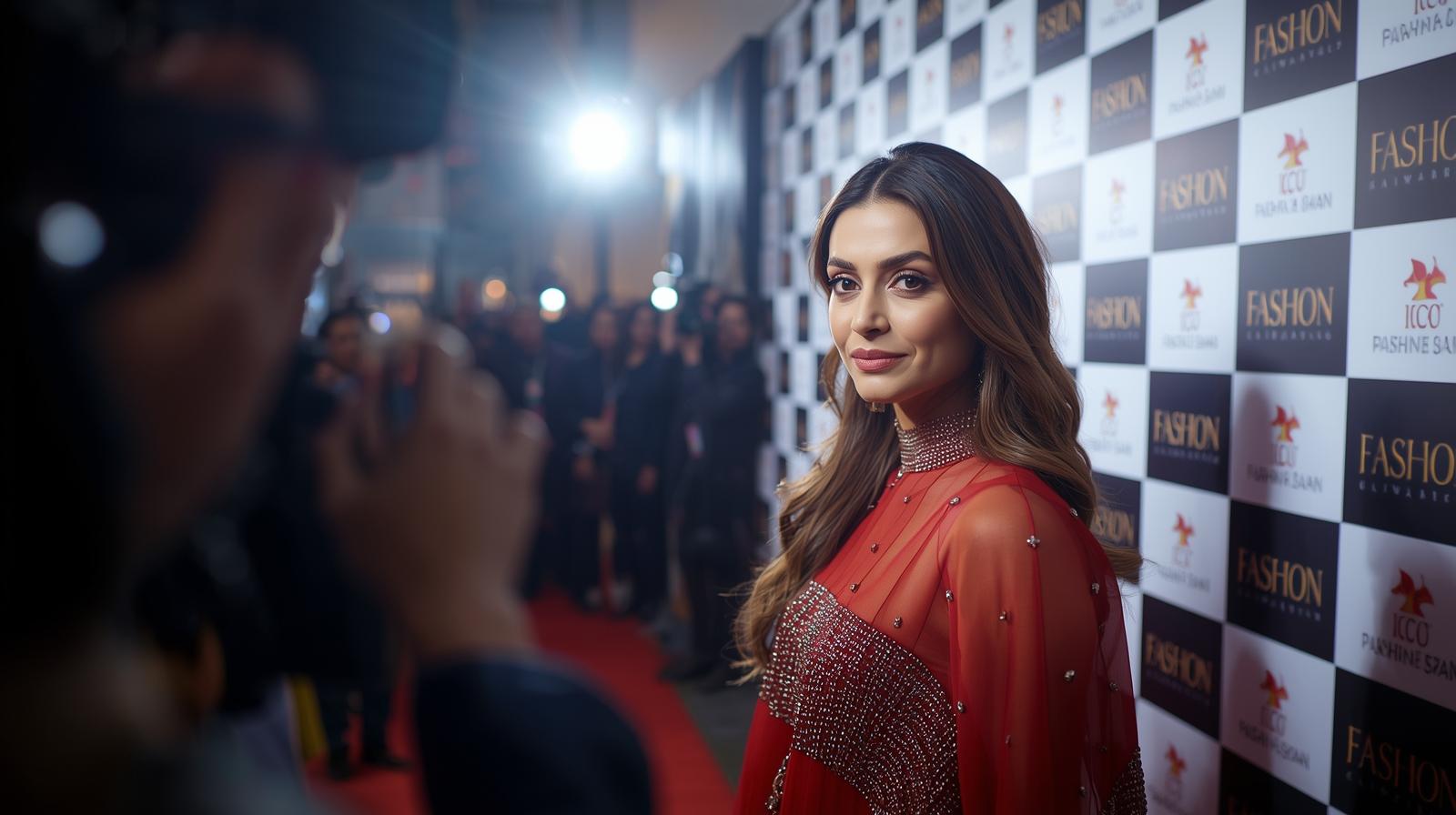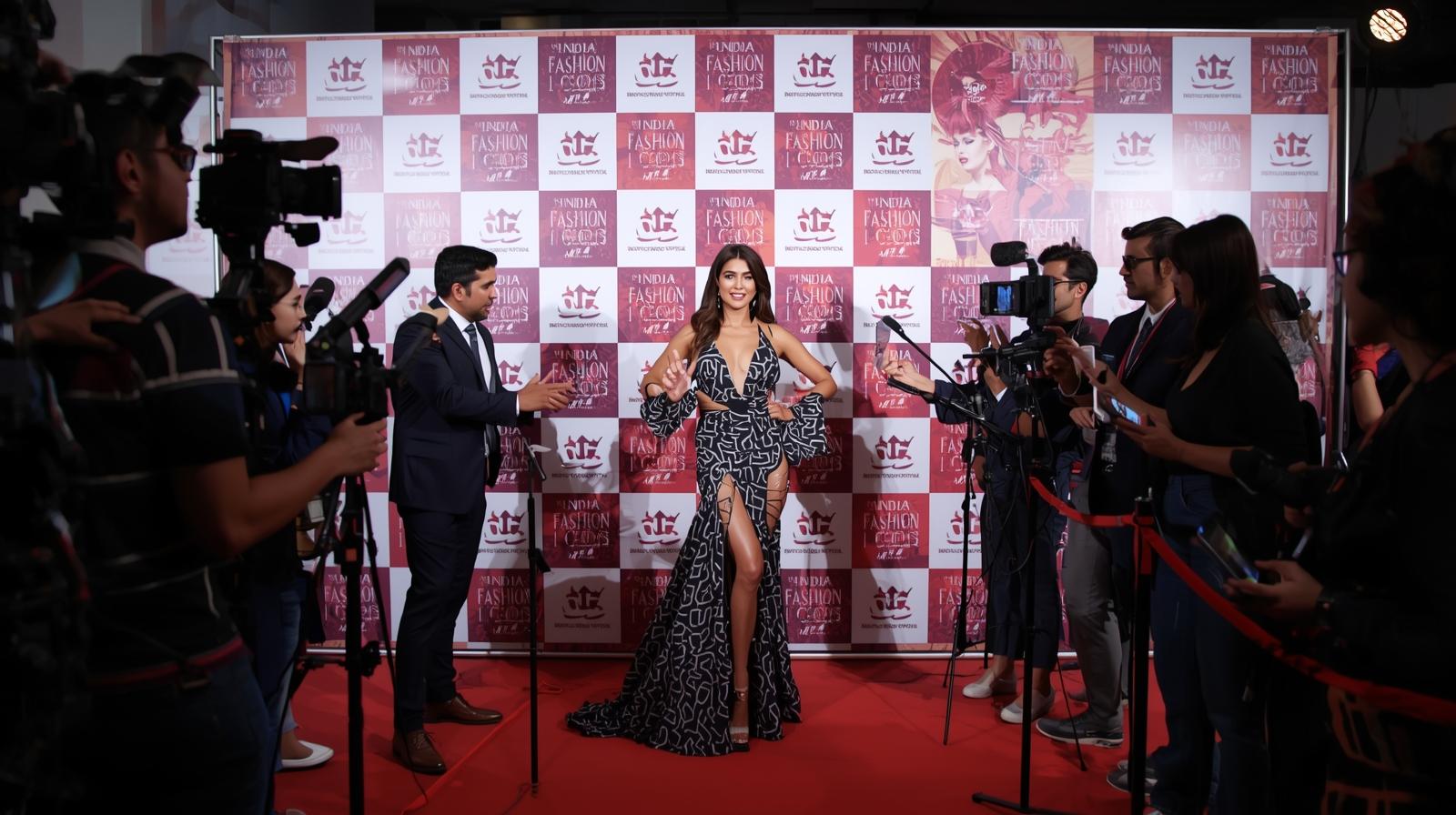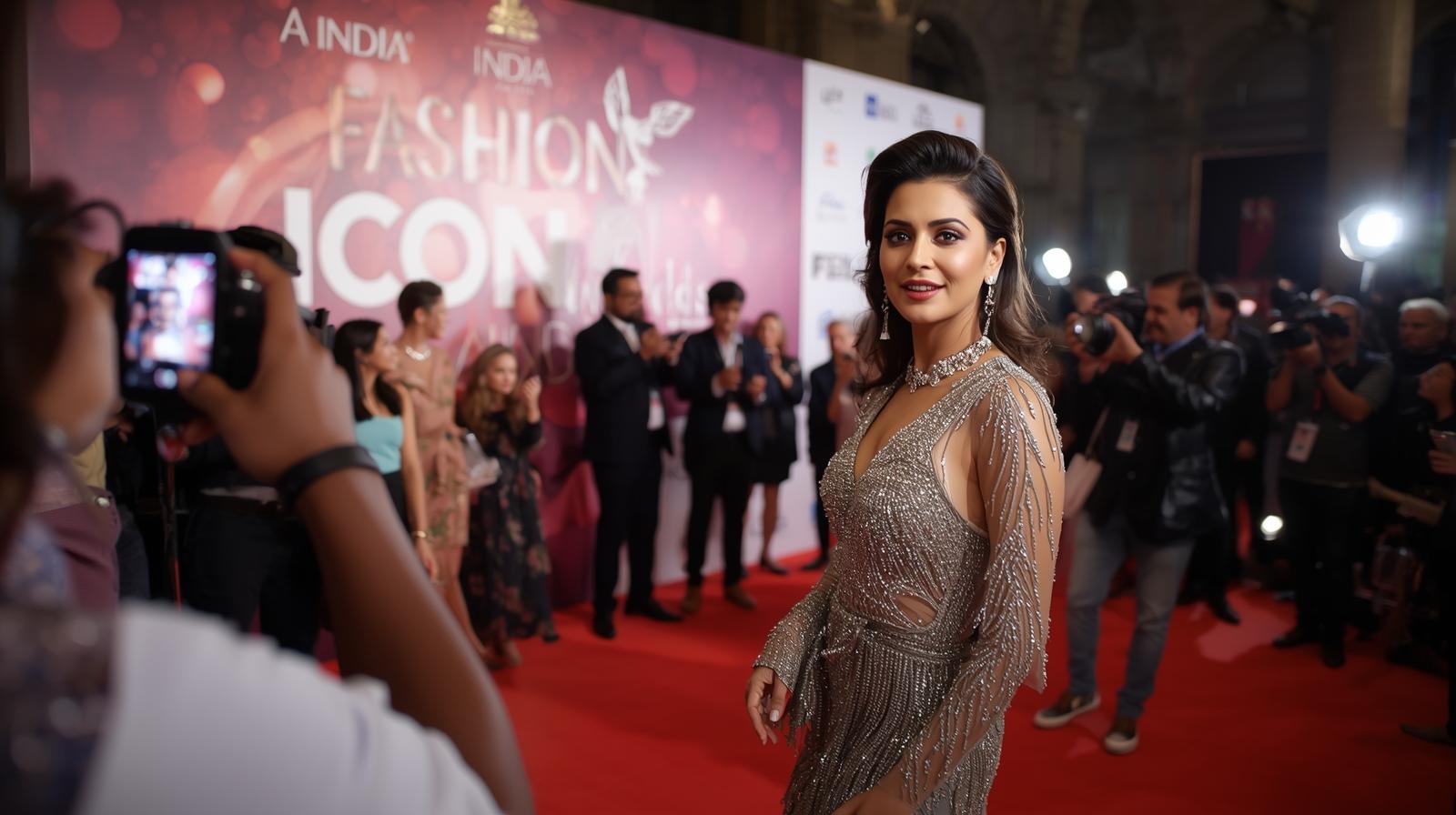Madhuri Dixit Nene stepped out in a sari-gown blending old craft and modern silhouette. The piece came from Ashdeen Lilaowala.
Design & Silhouette
Firstly, the garment is structured like a gown with sari inspiration. The top is a corseted bodice. Meanwhile, the bottom is an A-line skirt with a high slit.
Also, the black canvas gives depth. Hence, colours stand out: pink, blue, orange threadwork motifs.
Embroidery & Craft
Moreover, the highlight is Parsi gara embroidery. These motifs include birds and flowers. Also, they were stitched with precision.
Furthermore, the work took over eight weeks. Various artisan studios worked together. Therefore, colour matching, details remained consistent.
Historical Roots of Parsi Gara
Parsi gara dates to the 19th century. Originally traders brought embroidered silks from Canton to Gujarat. Thus, Chinese porcelain designs inspired flora, fauna, pagodas motifs.
Also, there are quirky names for designs. “Cheena Cheeni” shows Chinese figures. “Karoliya” means spider. Meanwhile, “kaanda papeta” refers to onions and potatoes.
Styling & Finish
Madhuri kept accessories minimal. She wore chandelier earrings only. Also, hair was styled half-up, half-down.
Her makeup played with smoky eyes and berry lips. Thus, the entire look felt dramatic yet refined. Because Parsi gara often remains in heirloom collections, this revived it in modern red carpet context. Also, blending traditional threadwork with a corseted gown silhouette shows fashion can respect heritage and push boundaries.
Ultimately, this sari-gown becomes more than couture. It is story, craft, identity. Madhuri Dixit Nene affirmed heritage craft’s relevance today.
For more style updates & exclusive fashion stories follow indiafashionicon.com

 info@indiafashionicon.com
info@indiafashionicon.com









